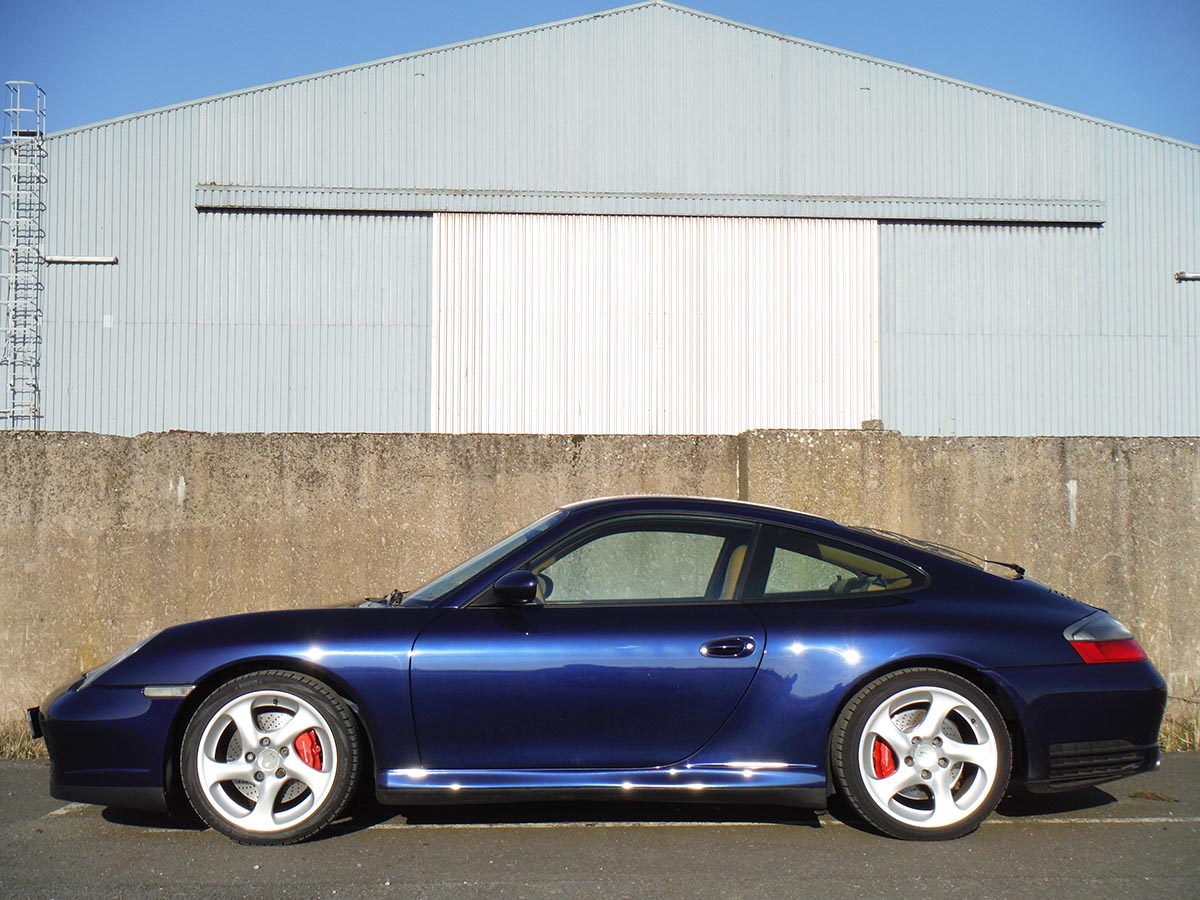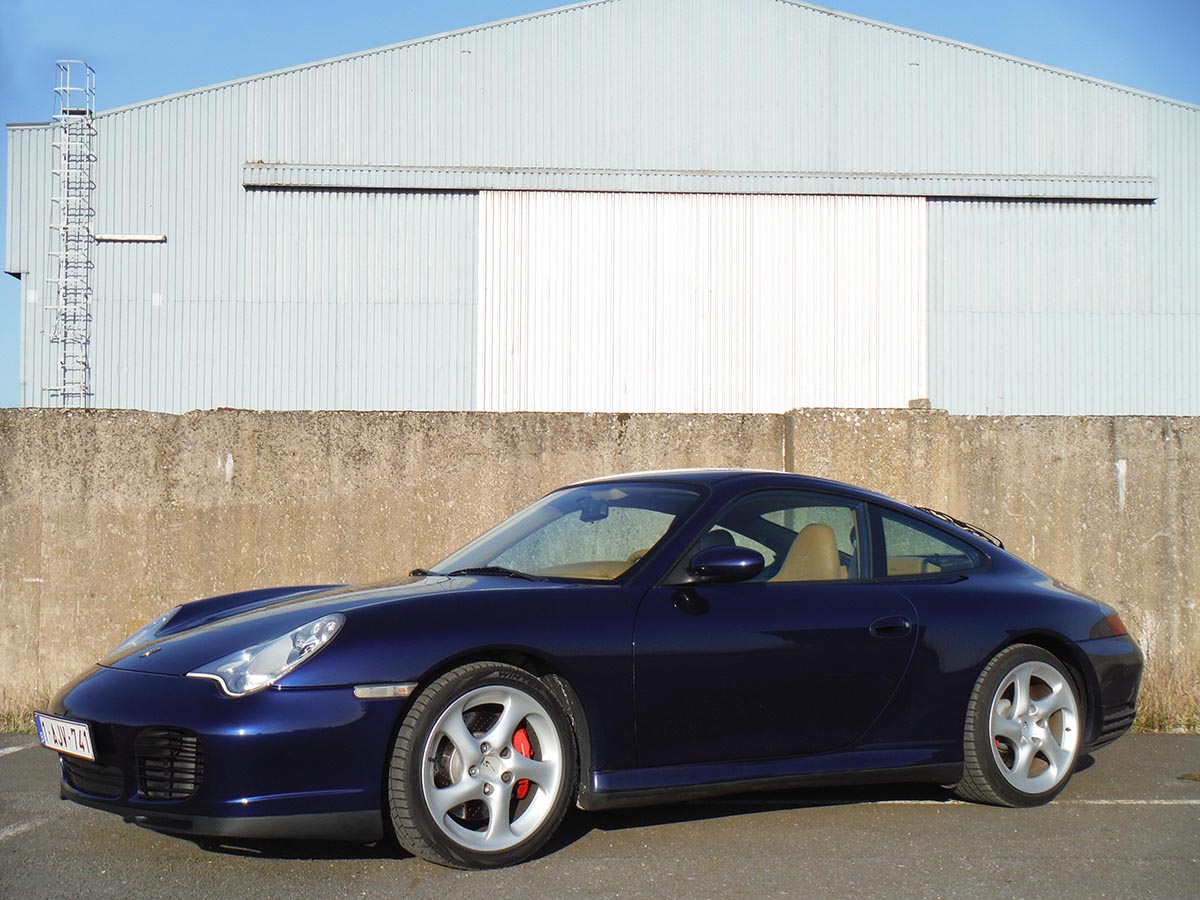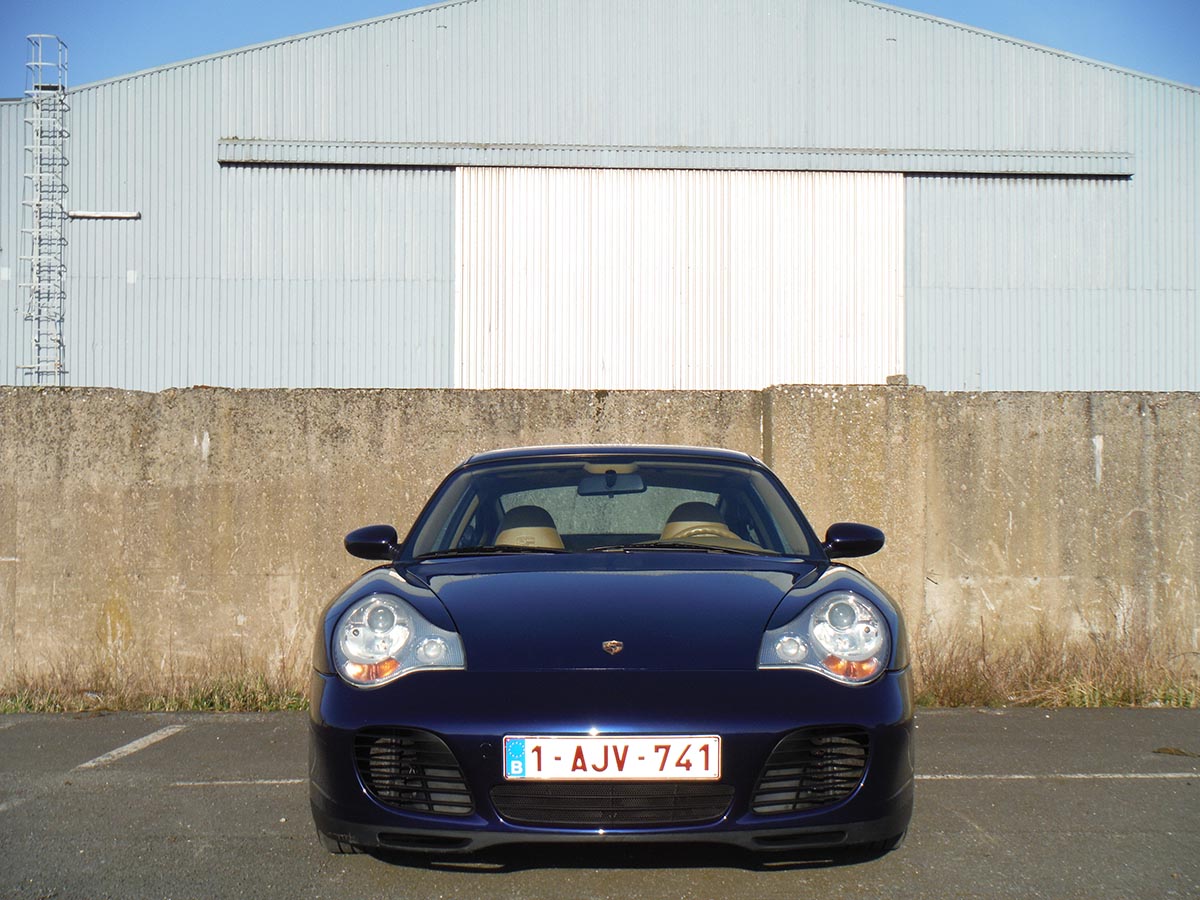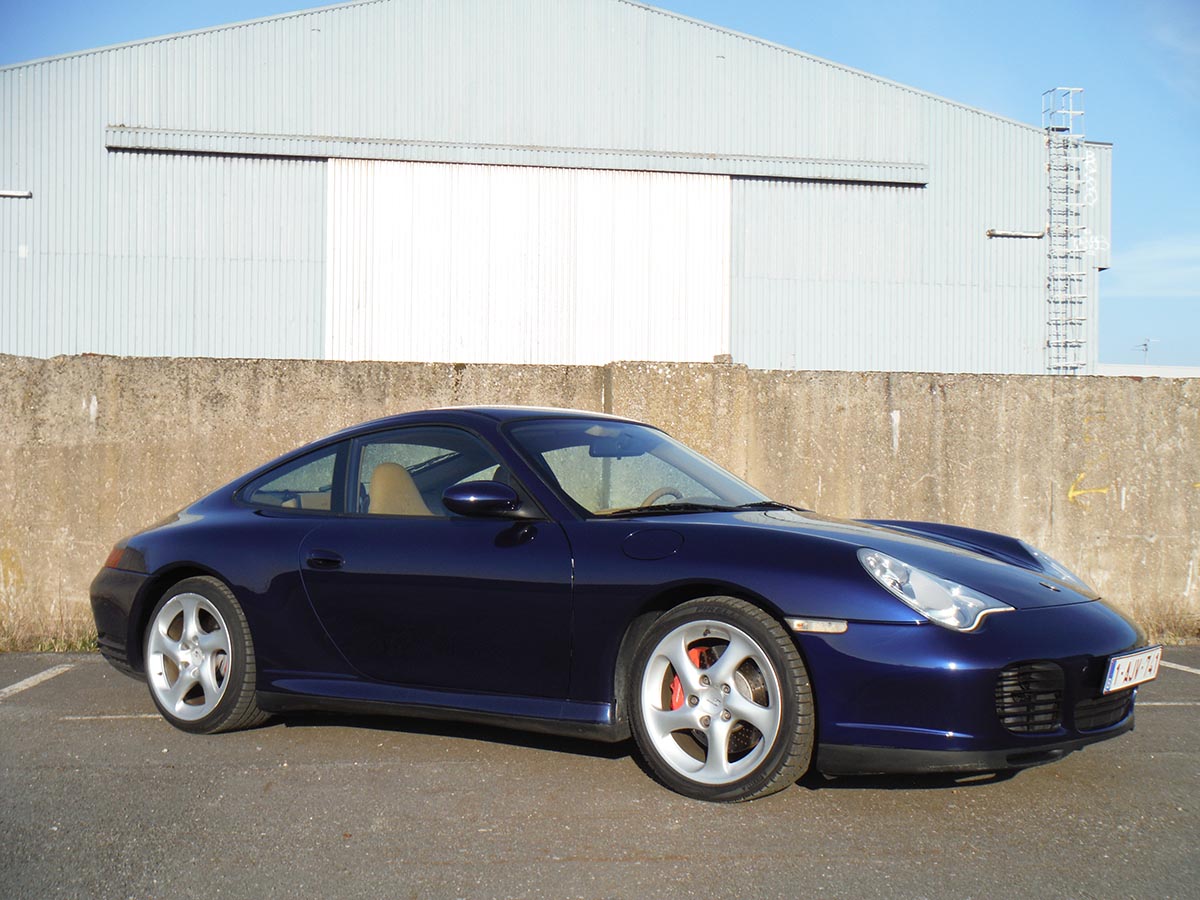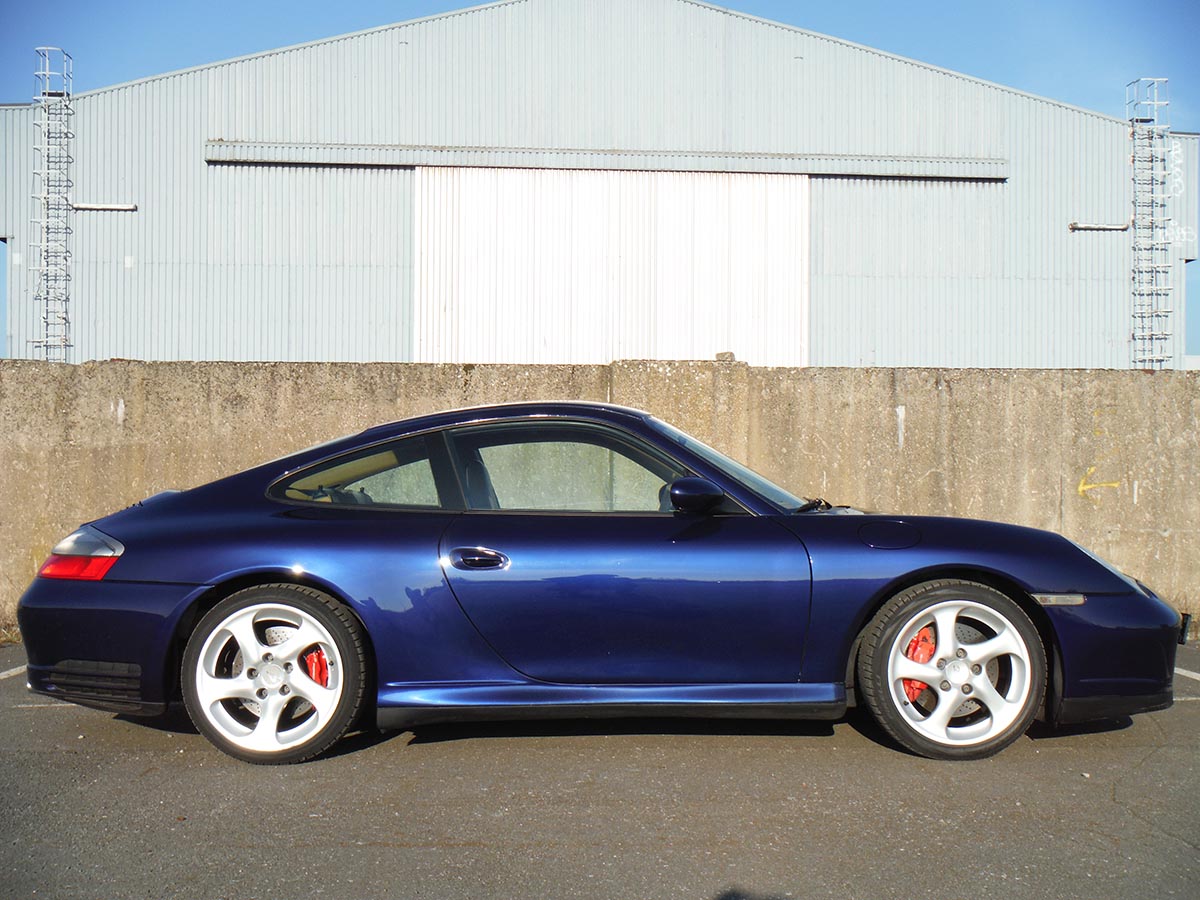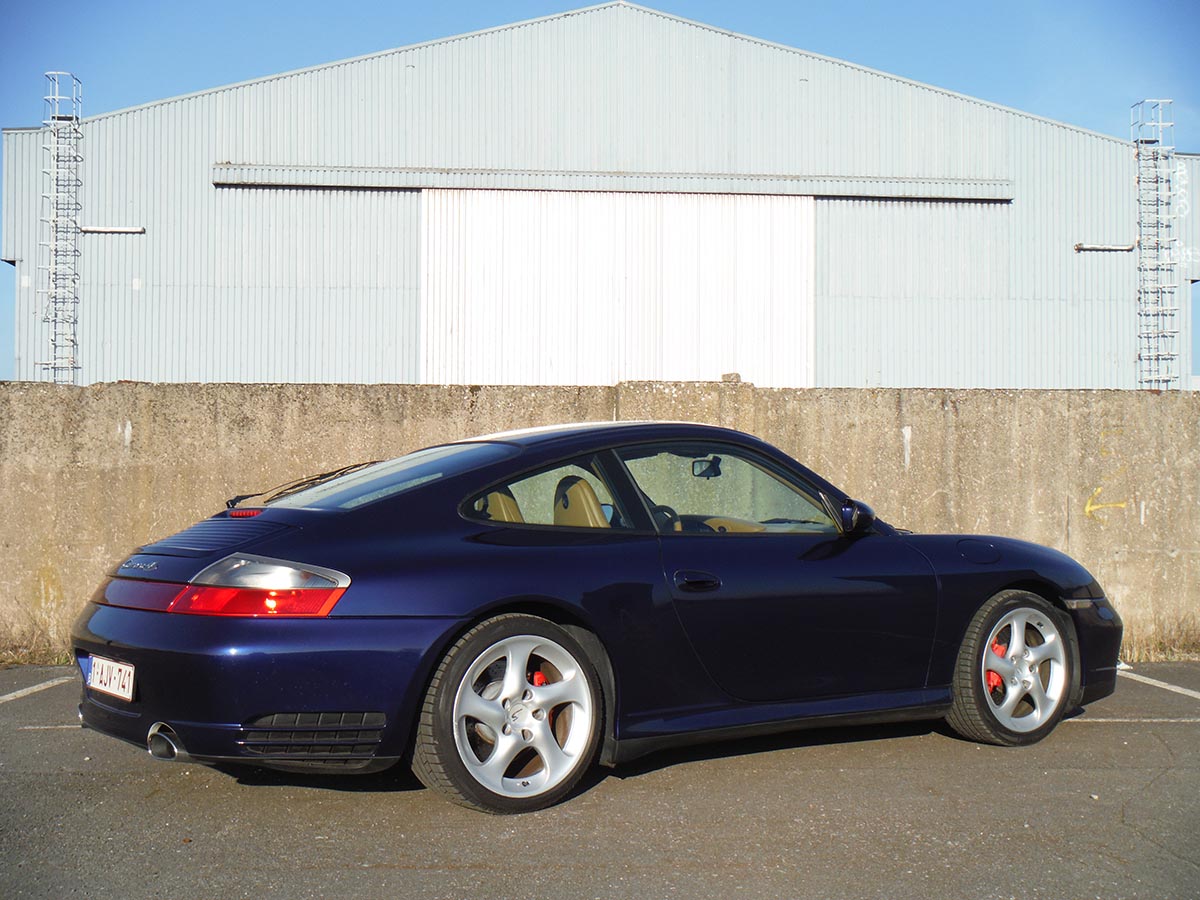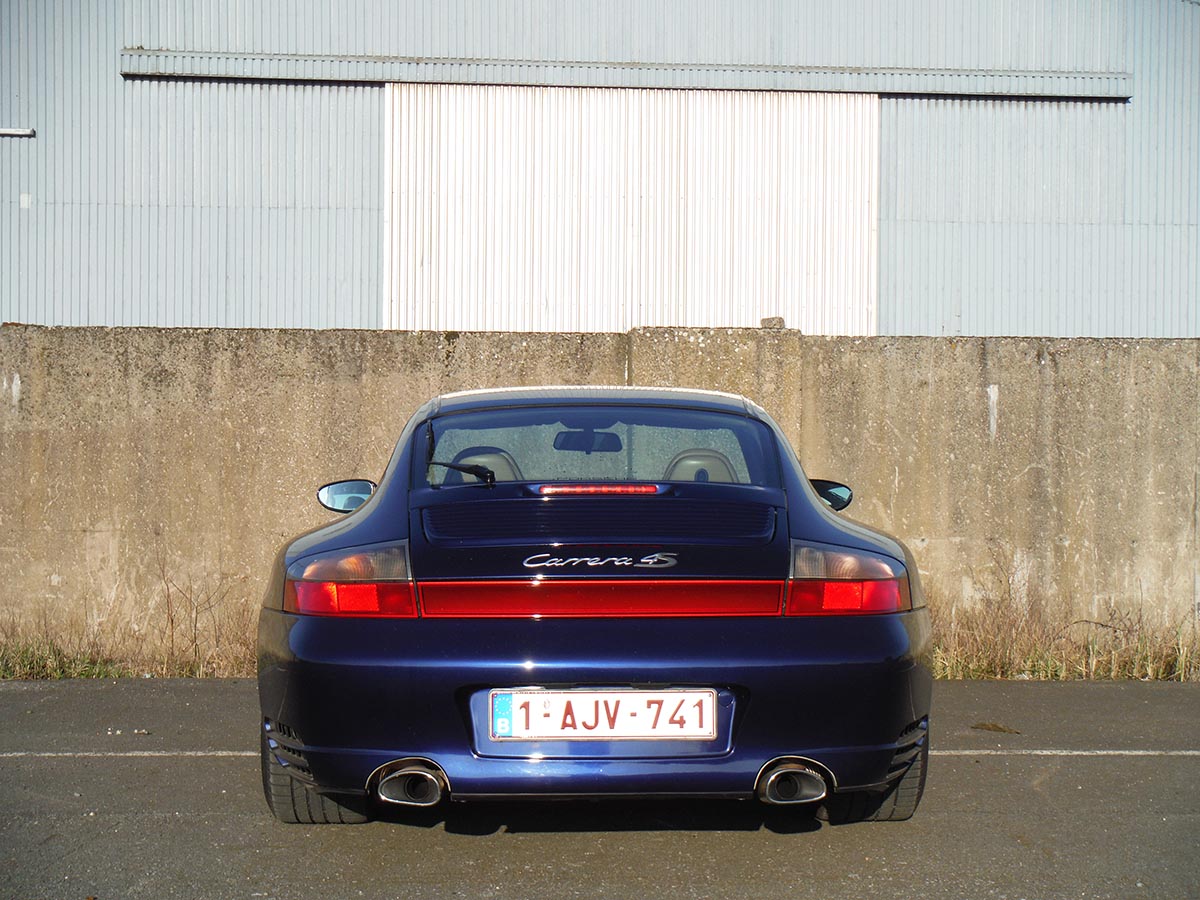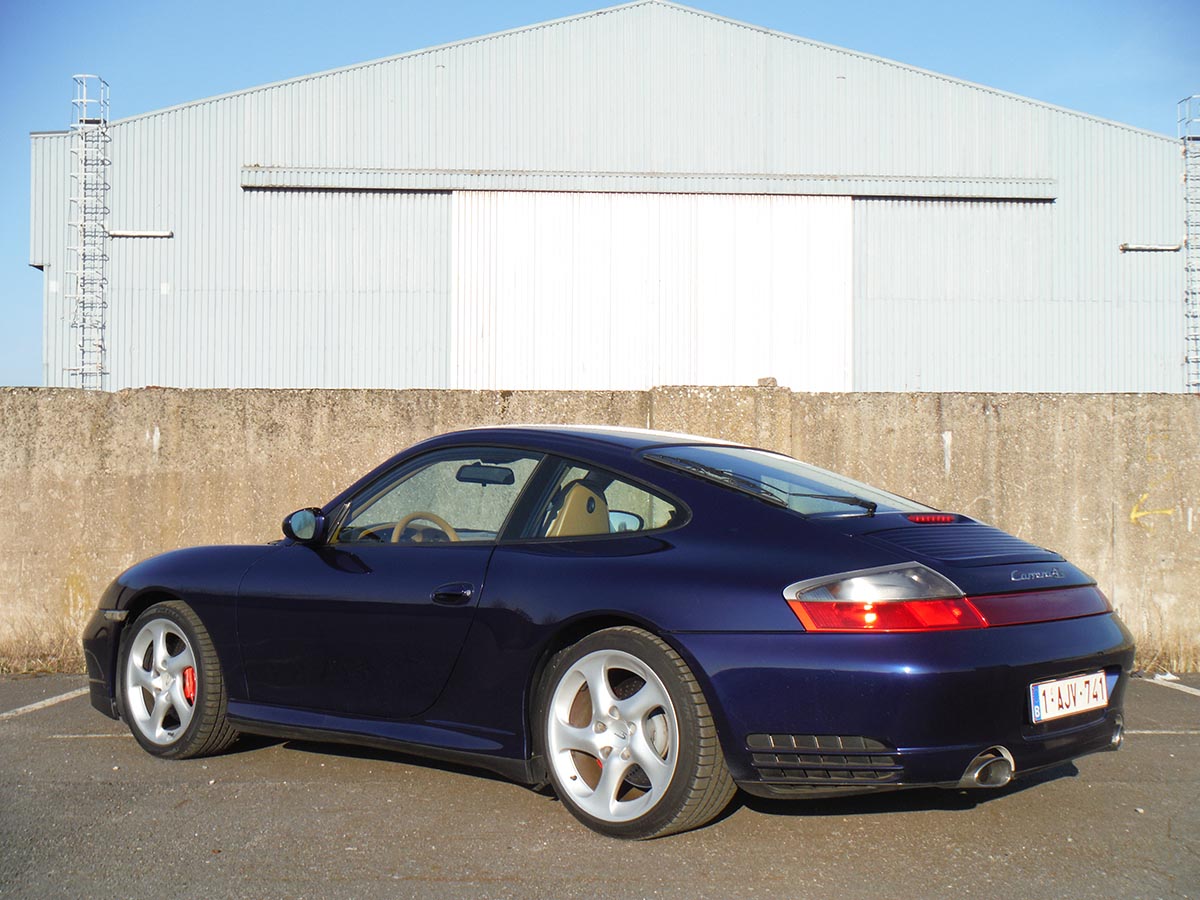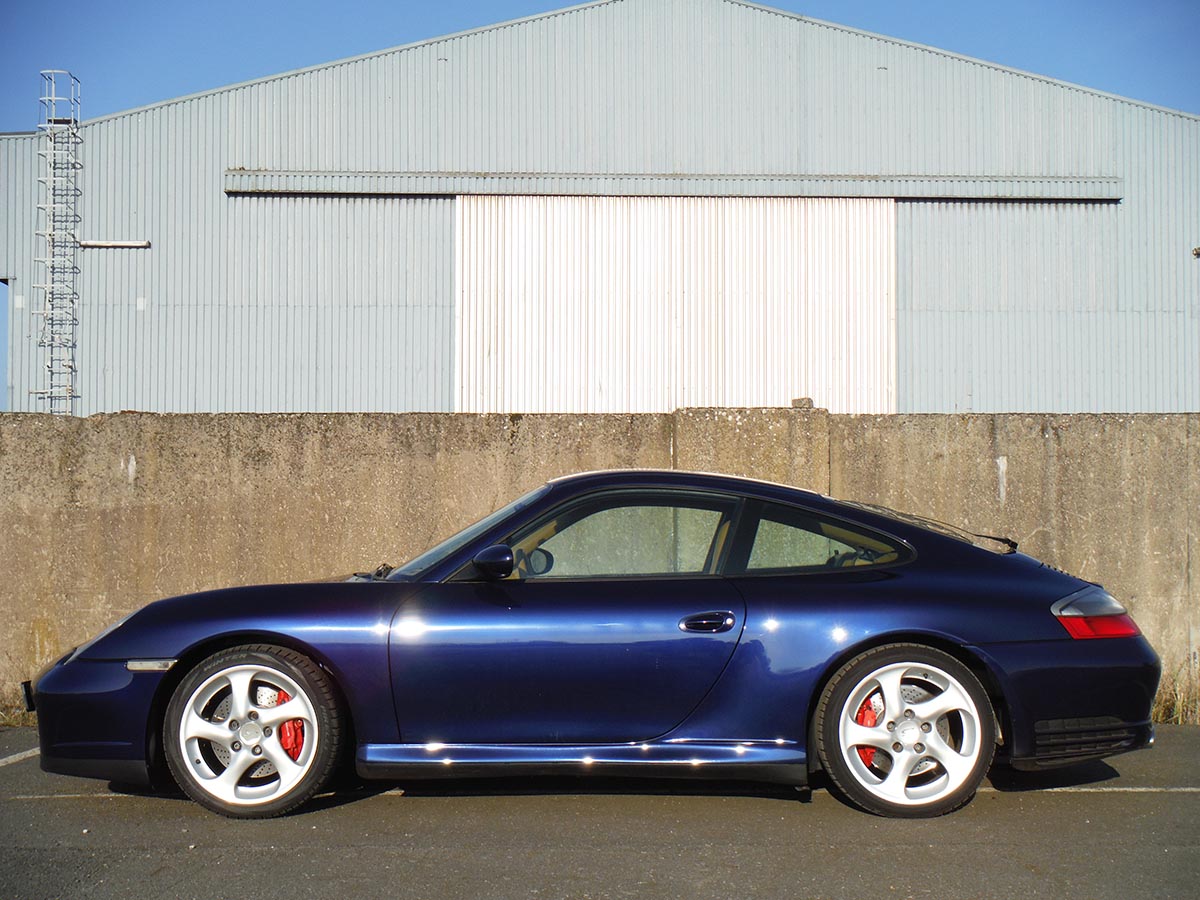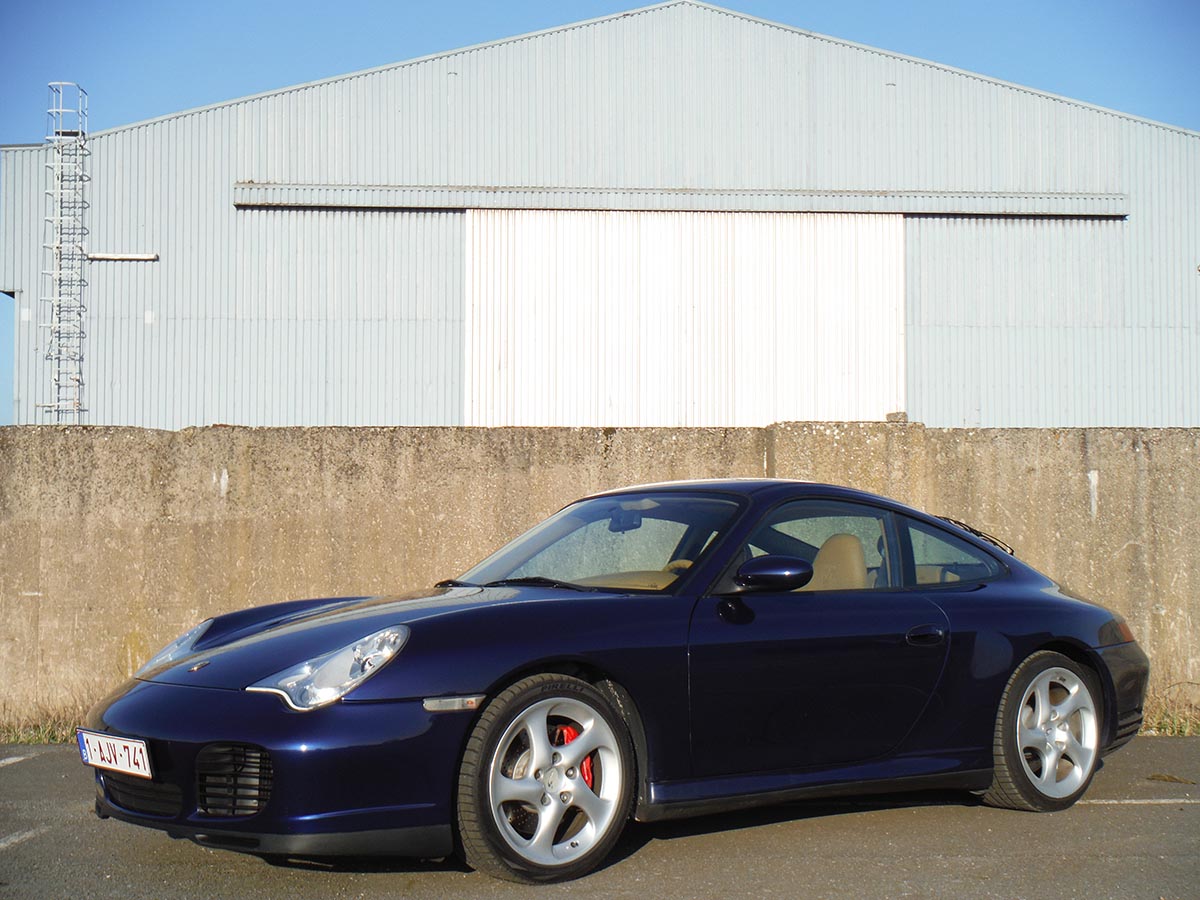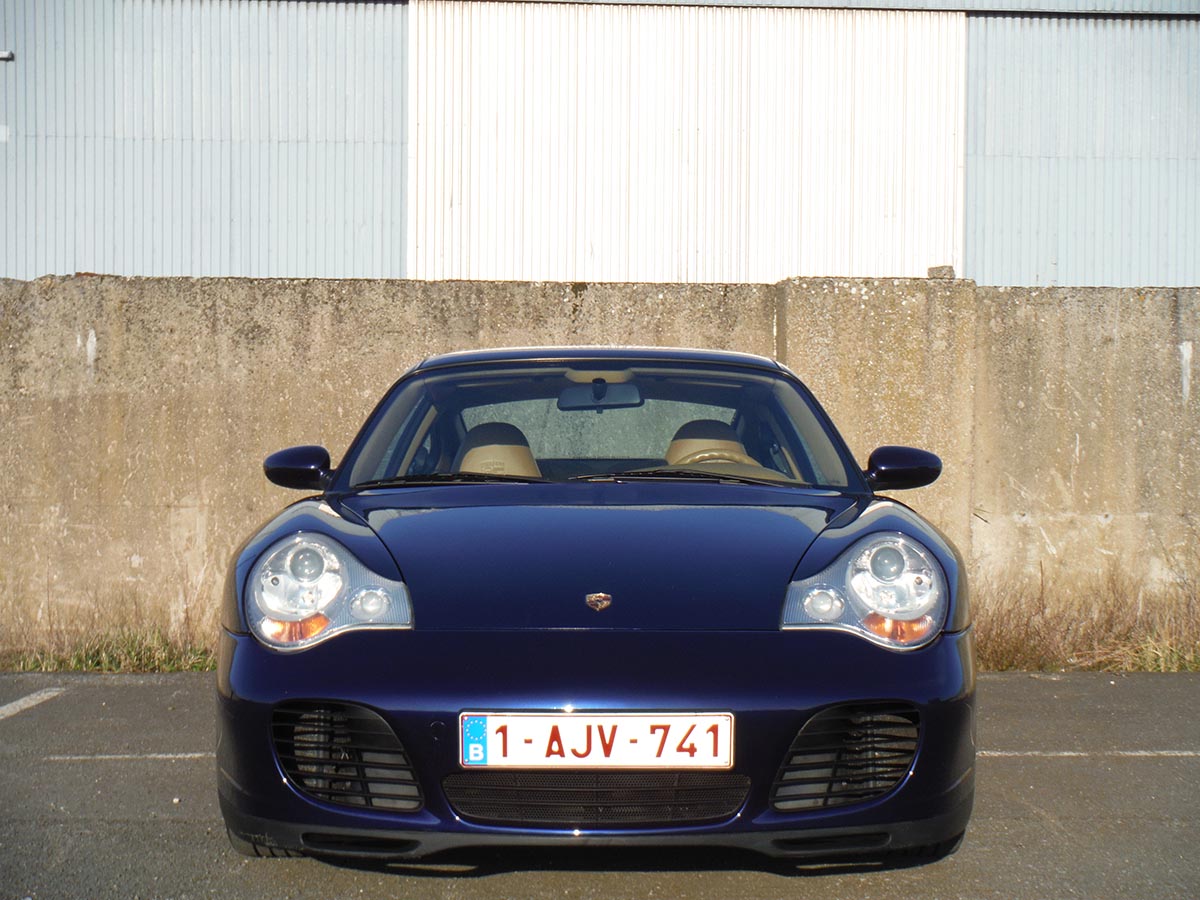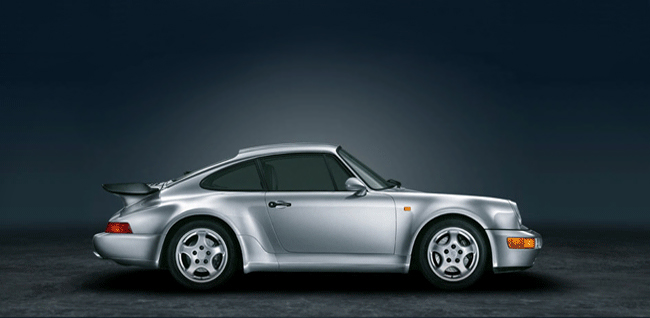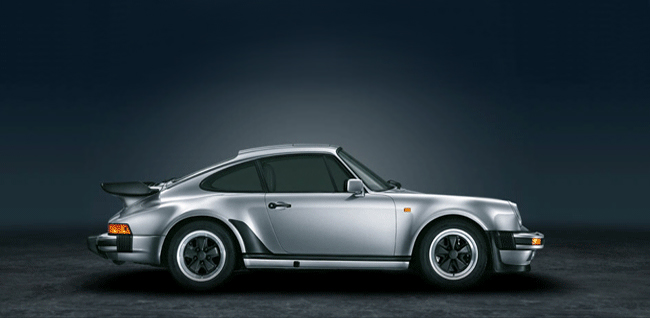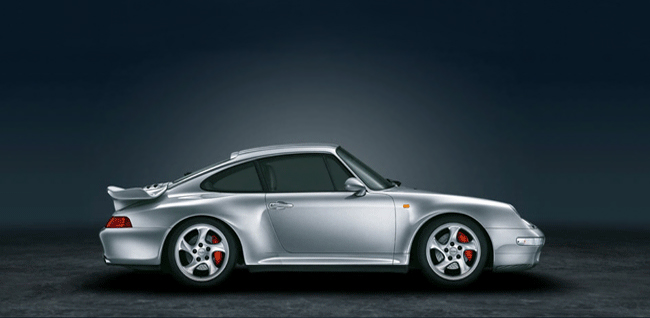 ';
view
';
view

The Porsche 996
In June 1997 the 996 model was launched at the Frankfurt IAA. Given the 911’s previous iterations were described as significantly different from their predecessor; the 996 launch is best described as a revolution. It shared 38% of it’s parts with the entry level Boxter, including the complete front end with it’s much disliked fried-egg headlamps and had a 3,4 litre 300hp water cooled flat six that wasn’t devoid of catastrophical engine failure due to a badly designed I.M.S. bearing. In 2001 the thoroughly improved mk2 was launched with a re-profiled front valance featuring the turbo headlamps and a lower rear apron sporting two redesigned exhaust pipes. In true Porsche tradition, a longer stroke brought engine capacity to 3596cc delivering an extra 20hp. 80% of it’s engine components were new and it featured the VarioCam Plus system providing more torque whilst a redesigned I.M.S. bearing improved reliability.
The 996 mk2 was available as a coupé, cabriolet and targa with rear-wheel and all-wheel drive.
The turbo with it’s Le Mans winning GT1 derived 3598cc biturbo engine arrived in model year 2001 delivering 420hp to all four wheels. The traditionally wider body had 2 unseen features : side air intakes and a fixed spoiler with a wing on top that rears up at 120km/h.
The Carrera 4S combined the visual appeal of the turbo with it’s chassis, suspension and brakes but without it’s side air-intakes and pop-up rear spoiler.
In 1999 the track oriented GT3 made its entry. It had a GT1 derived 3,6 litre engine producing 360hp in a narrow body with adjustable suspension and powerful brakes. In the hands of Walter Röhrl it was the first production car to lap the Nordschleife in under eight minutes. In it’s mk2 guise it got bigger brakes and an additional 20hp thanks to titanium engine parts allowing it to rev up to 8.000rpm.

